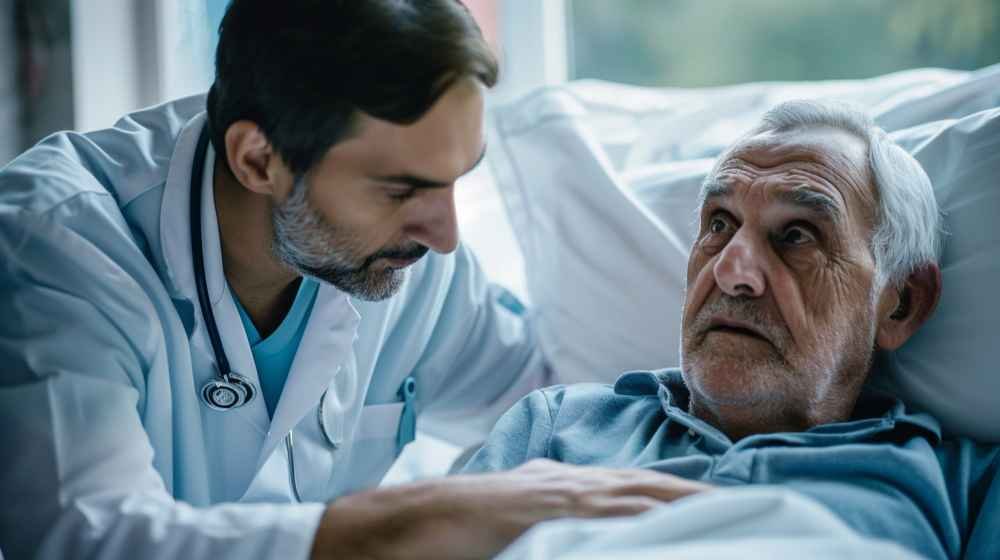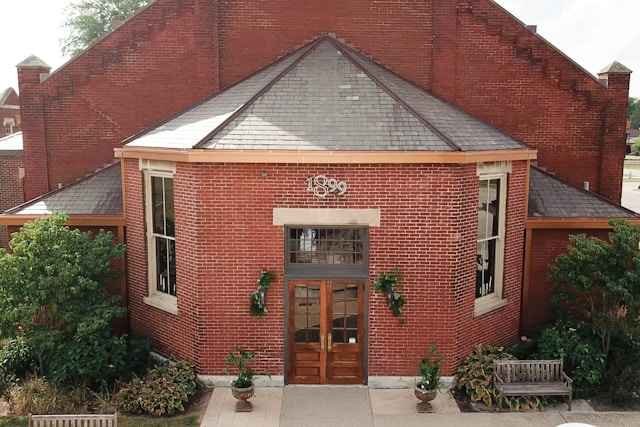When doctors review a patient’s medical history, one question keeps coming up: “Do you live alone?” It might seem like small talk, but physicians ask because they know something most people don’t. Living alone changes the entire risk profile for older adults, not because of loneliness or isolation, but because of very real medical complications that become dangerous without someone nearby.
The statistics tell part of the story. About 30% of seniors live alone in North America, and that number keeps climbing. But what doctors see in their practices goes beyond numbers. They see patients who waited too long to call for help, who didn’t recognize warning signs, or who simply couldn’t reach a phone when they needed one.
When Medication Schedules Go Wrong
One of the biggest concerns physicians have is medication management. Seniors living alone often take multiple prescriptions, sometimes six or seven different medications at various times throughout the day. When someone lives with family, there’s usually another person who notices if pills get skipped or taken twice by accident.
Without that second set of eyes, medication errors happen more than anyone wants to admit. Blood pressure medication taken at the wrong time, or diabetes medication taken on an empty stomach, or blood thinners taken in double doses because someone forgot they already took the morning pill. These aren’t just minor mistakes. They can cause serious medical events that need immediate attention.
The problem gets worse when side effects start. If someone takes a new medication and begins feeling dizzy or confused, they might not recognize it as a drug reaction. They might just think they’re having an off day and go about their routine, which could lead to falls or other complications. Having someone around means those changes get noticed and reported to a doctor before they become emergencies.
The Fall That Nobody Knows About
Falls are the most obvious risk doctors worry about, and for good reason. About one in four seniors falls each year, but the real danger isn’t always the fall itself. It’s what happens afterward when nobody’s there to help.
A senior who falls and can’t get up faces a cascading series of medical problems. Within the first hour, dehydration starts becoming a concern, especially if the fall happened in a warm room. After a few hours, pressure injuries begin developing on whatever parts of the body are pressed against the floor. By the six hour mark, the risk of serious complications jumps significantly.
But here’s what catches people off guard: even if the fall didn’t cause a broken bone, lying on the floor for extended periods can cause rhabdomyolysis, a condition where muscle tissue breaks down and releases proteins into the bloodstream that can damage the kidneys. It’s not rare, and doctors see it regularly in seniors who were down for several hours before someone found them.
This is why options such as a Life Assure emergency call button have become more common in homes where seniors live alone. When someone can call for help immediately after a fall, these cascading complications often get prevented entirely. The difference between a two hour wait and a twenty minute response time can literally determine whether someone goes home from the hospital or needs extended rehabilitation.
Health Changes That Happen Too Slowly to Notice
Some medical conditions don’t announce themselves with dramatic symptoms. They creep up gradually, and when someone lives alone, there’s nobody to say “you seem different lately” or “have you always been this tired?”
Heart failure is a prime example. It often starts with subtle changes such as slightly more fatigue, a bit more swelling in the ankles, or needing an extra pillow at night to breathe comfortably. To the person experiencing it, each change feels minor and easy to dismiss. But to a spouse or adult child visiting regularly, those changes add up to a clear pattern that needs medical attention.
The same goes for cognitive changes. Early dementia or the confusion that comes with urinary tract infections in older adults can develop so gradually that the person experiencing it doesn’t realize anything is wrong. They might forget to eat regularly, skip medications, or make decisions that don’t quite make sense. Without someone around to notice and intervene, these situations can deteriorate quickly.
Doctors also worry about silent conditions that cause no symptoms at all until they become severe. High blood pressure, for instance, rarely causes noticeable problems until it leads to a stroke or heart attack. Seniors living with family are more likely to have regular blood pressure checks just because someone thinks to suggest it or offers to take them to appointments.
The Infection Risk Nobody Talks About
Infections behave differently in older adults. What might cause obvious symptoms in a younger person can present as confusion or fatigue in someone over 75. A urinary tract infection might not cause any burning or urgency, just some mental fog and maybe a slight fever.
When seniors live alone, these infections often go unrecognized until they’ve progressed significantly. Someone might feel a bit off for a few days, assume it’s just aging, and not seek help until the infection has spread to the bloodstream. At that point, what could have been treated with oral antibiotics in a doctor’s office now requires hospitalization and IV medication.
Pneumonia works similarly. Early symptoms might be so mild that someone doesn’t think twice about them. A small cough, feeling more tired than usual, maybe a low grade fever. But pneumonia in seniors can progress rapidly, and by the time someone realizes they need help, they might already be in respiratory distress.
Chronic Conditions That Need Regular Monitoring
Diabetes, heart disease, COPD, and other chronic conditions all require consistent management and regular monitoring. When seniors live alone, it’s easier for that monitoring to slip. Maybe they don’t check their blood sugar as often as they should, or they skip weighing themselves daily even though their cardiologist said it’s important for tracking fluid retention.
These small lapses in routine care can lead to bigger problems. A diabetic might not catch early signs of low blood sugar and end up confused or unconscious. Someone with heart failure might not notice they’ve gained five pounds of fluid weight until they’re already struggling to breathe.
Doctors emphasize these monitoring routines because they catch problems early, when they’re still manageable. But following through with daily health tasks requires a level of structure and motivation that can be harder to maintain when living alone, especially on days when someone doesn’t feel well.
The Psychological Component of Health Risk
There’s also a mental health aspect that affects physical wellbeing. Seniors living alone are more prone to depression and anxiety, and both conditions have real physical effects. Depression can worsen pain, weaken the immune system, and increase inflammation throughout the body. Anxiety can raise blood pressure and heart rate, and make existing heart conditions worse.
When someone lives with others, they’re more likely to engage in activities, maintain routines, and have reasons to get up and move around each day. Living alone sometimes means less motivation to cook proper meals, less reason to stay physically active, and more time spent sitting or lying down, all of which contribute to declining health.
What Actually Makes a Difference
The goal isn’t to suggest that seniors shouldn’t live alone. Many older adults thrive independently and wouldn’t want it any other way. But the medical risks are real, and being aware of them allows for better planning.
Regular check-ins from family or friends help catch changes early. Technology that allows quick access to help during emergencies prevents the worst outcomes. Keeping doctors informed about living situations helps them tailor their recommendations and monitoring plans appropriately.
The seniors who do best living alone are usually the ones who’ve set up systems to address these risks. They have ways to get help quickly if needed, they maintain regular contact with others, and they’re honest with their doctors about the challenges they face. That awareness and preparation makes all the difference in staying healthy and independent.







